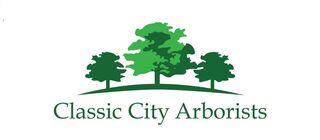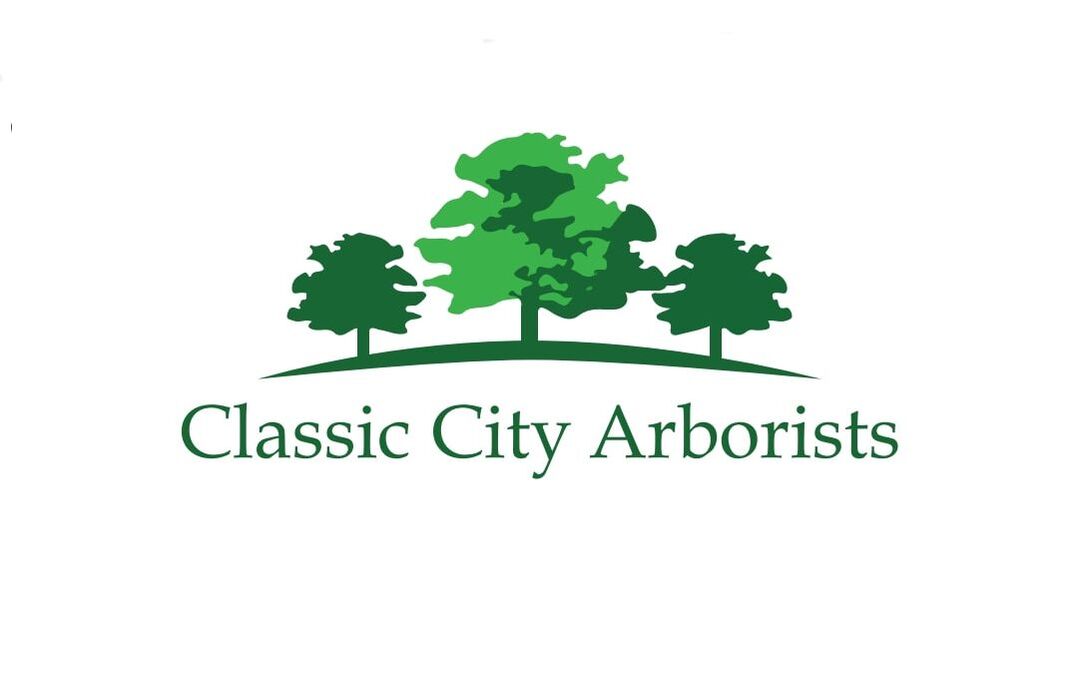|
News and Blog Articles
|
|
August is officially here, meaning we’ve reached the hottest months of the summer. With the sun hanging low in the sky every day and the temperatures ever rising, you’ve probably already noticed most of these common pests bugging your trees. To help combat the potential damage, here’s a little bit about the 5 most common forest pests in Georgia, along with what you can do about them! 1. Pine Bark BeetlesPine bark beetles, as the name suggests, are rather fond of pine trees. Though they are most commonly found in pines that are already dying or in decline, they will happily infest a healthy tree in great enough numbers. These insects bore through the inner bark of the tree, creating winding pathways inside the trunk in their search of soft tissue to eat. The tree’s downfall usually comes from this maze of tunnels, which decimates the tree’s structural integrity and nutrient delivery system. Pine bark beetles can also carry blue-stain fungi, which infects trees by siphoning their waterflow. What can you do? Aside from harsh chemical insecticides, there’s not much you can do to treat pine bark beetles themselves. Rather, your focus should be on maintaining healthy pine trees. Regular pruning of dead or dying limbs, proper irrigation and soil drainage, and a close eye will help ensure your pine trees are healthy enough to deter pine beetles altogether. 2. Ambrosia BeetlesAnother opportunistic beetle, ambrosia beetles prefer to attack trees that are already dead or dying, or at least have dead or dying limbs. The females of this species bore into dead tree tissue to lay their eggs. A sure sign of infestation is the thin, noodle-like “toothpicks” this burrowing leaves behind. Alone, this causes damage to the tree's internal structure and nutrient delivery system, but it’s not usually enough to kill the tree itself. The final nail in the coffin is actually the ambrosia fungus that these beetles carry. What can you do? As with pine bark beetles, there is little that can be done to save a tree once an ambrosia beetle infestation and/or ambrosia fungal infection has been identified. Certain pesticides can be used to discourage ambrosia beetle interest. Supporting the health of your trees via soil drainage, pruning, and general maintenance is the best manner to equip them to ward off any unwanted pest attention. 3. Scale InsectsScale insects are tiny and difficult to notice. They get their name from both their scaly appearance, and the way they appear like layered scales on an infested area. They typically attack evergreen and deciduous plants, and may settle on leaves, twigs, and/or trunks. One identifying marker of an infestation is the sticky, waxy substance these pests secrete, which is sometimes called “honeydew.” The infected part of the tree will also show signs of decline, including leaf and needle stunting, yellowing, and branch dieback. If left unchecked, scale insects will happily infest and weaken the entire tree, which leaves it susceptible to other pests, boring insects, and environmental problems such as rot. What can you do? Keeping your trees property fertilized and pruned is, once again, the best method of protecting them from scale insects. Pesticides may aid with the prevention of an infestation, and may also be utilized to treat one. 4. Japanese BeetlesJapanese beetles come from Japan, where their population is easily controlled by natural predators. However, in the United States, these beetles are an invasive species, preying on nearly 300 tree species with no natural predator in sight. Most common in the hottest months of summer, Japanese beetles “skeletonize” trees. Basically, they eat the flesh of leaves and flowers between the veins, leaving behind a skeleton leaf. They also feed on overripe fruit, which can usually be found in abundance towards the end of the season. Though eating the fruit does little harm to the tree, the decimation of its leaves and flowers prevents the tree from photosynthesizing properly, and often leaves it without enough nutrients to survive. What can you do? A popular method of treating a Japanese beetle infestation is Japanese beetle traps, which are available at most home improvement and gardening stores. However, recent studies have shown that these traps, while adept at catching thousands of beetles a day, actually attract more beetles to the area, which in turn leads to further infestation of either the affected tree or other susceptible flora nearby. Luckily, there are insecticide options for treating beetle infestations, and also soil insecticides designed to kill larvae and grubs to prevent a subsequent invasion. These insecticides can also be sprayed as a preventative measure. 5. AphidsAphids are commonly associated with destroying farm crops, but they also love to feed on trees. In moderate amounts, aphids aren’t likely to impact a tree’s overall health. However, in large quantities, the damage to a tree’s leaves can stunt photosynthesis and further growth. Some aphids also inject a toxin into the plants they feed on, which quickly impacts the plant’s health. These are by no means the majority, though. What can you do? Aphids, though susceptible to insecticides, are not often a serious enough problem to warrant treatment at all. The best course of action for aphids is to simply see to the overall health of your tree using the methods we’ve already mentioned: regular maintenance, pruning, and soil drainage. So there you have it! The 5 most common forest pests in Georgia. If you suspect that one of your trees has become infested with any of these pests, our Certified Arborist, Scott, would be happy to come out and take a look! He will offer his professional opinion on how to treat the tree, and whether or not the tree can be saved. Fill out our contact form on our website, or give us a call today! Check out our article on the signs of tree decline to learn more about how you can spot pests and diseases in your trees. AuthorEmily Casuccio is sister and sister-in-law to Rebekah and Scott Rushing, and has over half a decade of experience in copywriting, copyediting, proofreading, and developmental storyboarding. She's worked with both published and undiscovered authors on both fiction and nonfiction, and takes pride in supporting local businesses. Her passion lies in the written word and helping authors of all capacities realize their dreams and achieve their fullest potential. To learn more about her, read samples of her work, or contact her, visit her online portfolio.
0 Comments
Your comment will be posted after it is approved.
Leave a Reply. |
Categories
All
Archives
January 2023
|
|
23 Whatever you do, work at it with all your heart, as working for the Lord, not for human masters,
24 since you know that you will receive an inheritance from the Lord as a reward. It is the Lord Christ you are serving.
Colossians 3:23-24
24 since you know that you will receive an inheritance from the Lord as a reward. It is the Lord Christ you are serving.
Colossians 3:23-24

